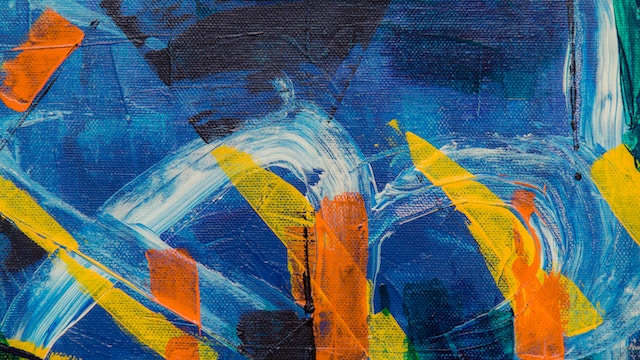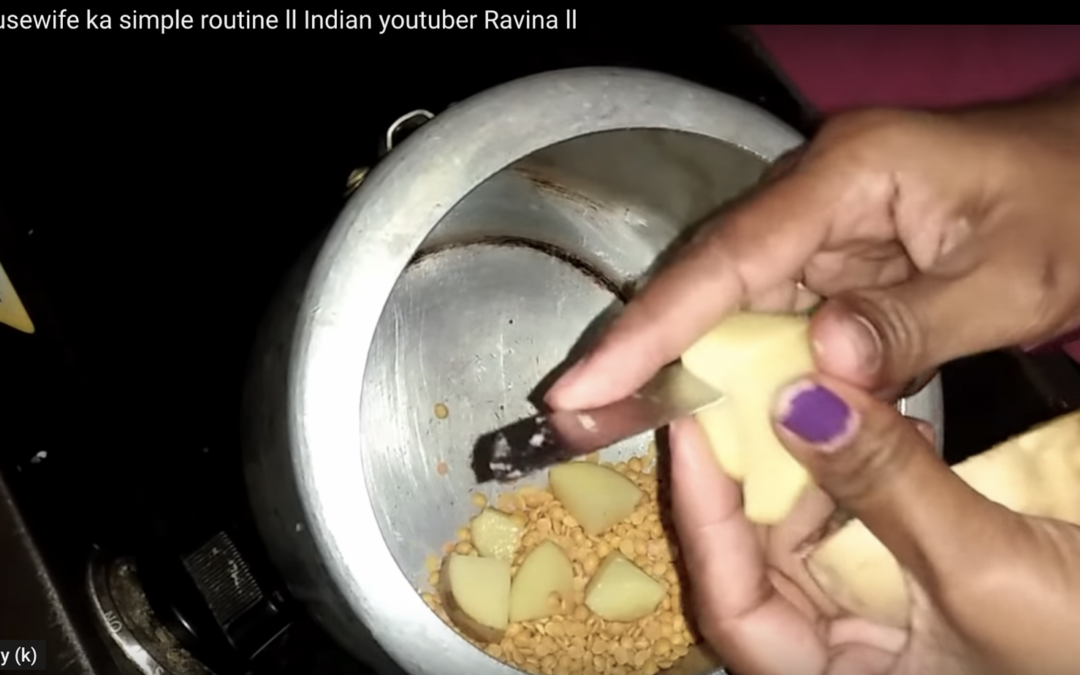The enterprise technology ethos of efficiency biases corporate software development towards seamlessness. What...


The enterprise technology ethos of efficiency biases corporate software development towards seamlessness. What...

As part of an internal UX team, researchers at a multinational tech corporation were tasked with improving the...

This case study by a pan-African UX research and design agency offers key insights for companies attempting to...

https://player.vimeo.com/video/882708468?badge=0&autopause=0&player_id=0&app_id=58479 In this candid discussion, two leaders in research and ethnography explore what's shifted, why, how much, and how they're guiding their organizations forward through social, macroeconomic, and...

The thought of conducting a usability study may not excite most ethnographically minded researchers. While usability started out as the practical analysis of interactions with user interfaces, there has been an evolution toward devaluing such studies as more mechanical work. With the industry’s...

Some time ago I watched an older Indian woman using Google Assistant to access recipes. She expressed how thrilled she was: her family would be eating new meals and they would appreciate her more. As I looked more closely, it was obvious the cooking instruction video (in Hindi) contained no text....